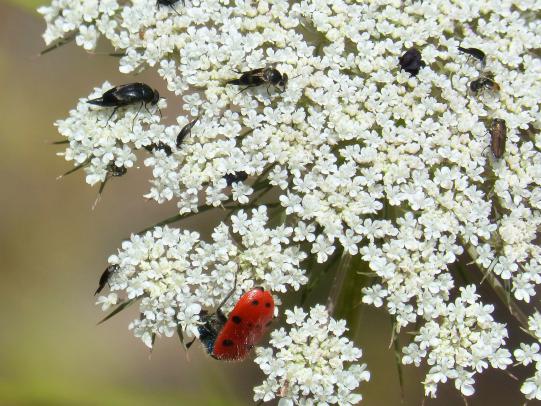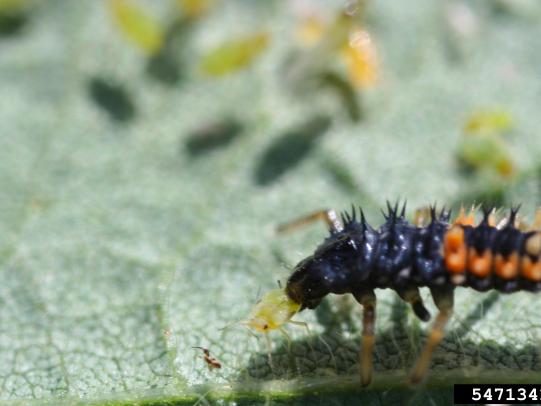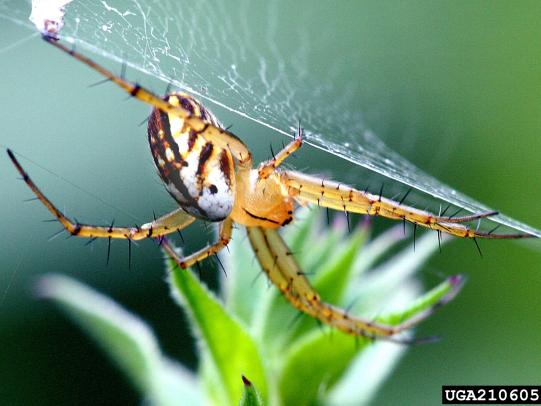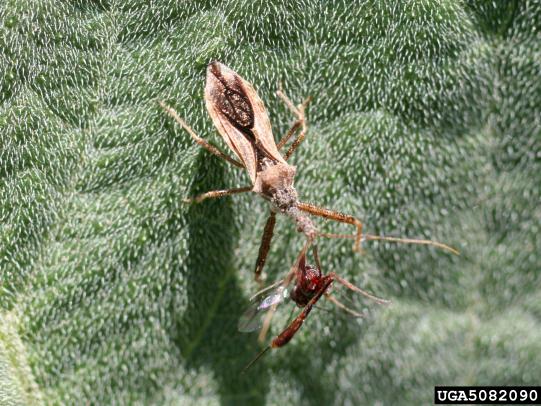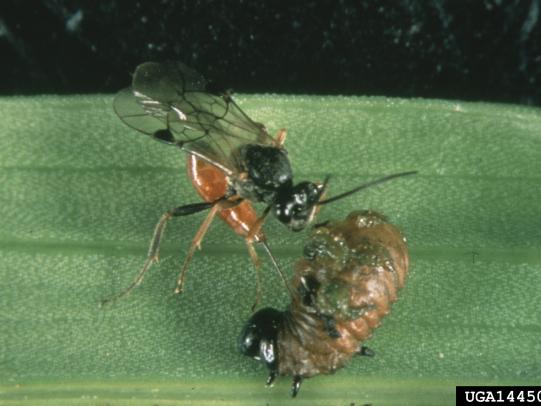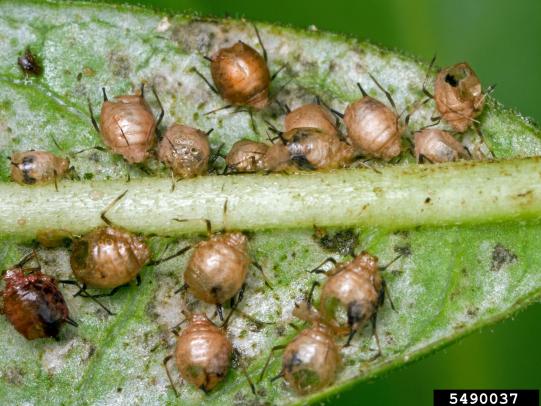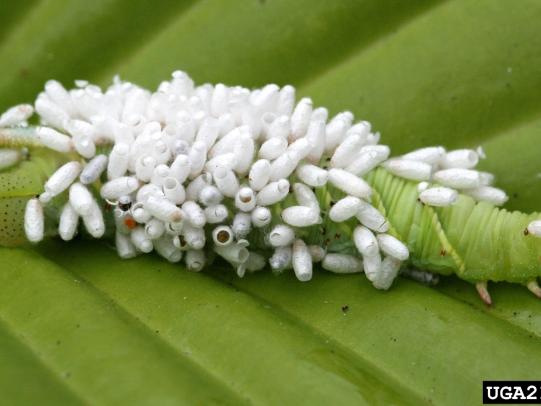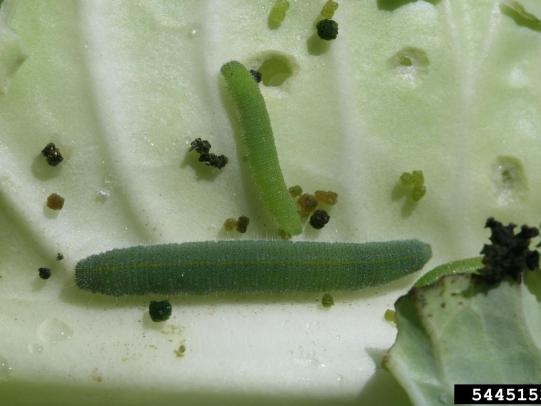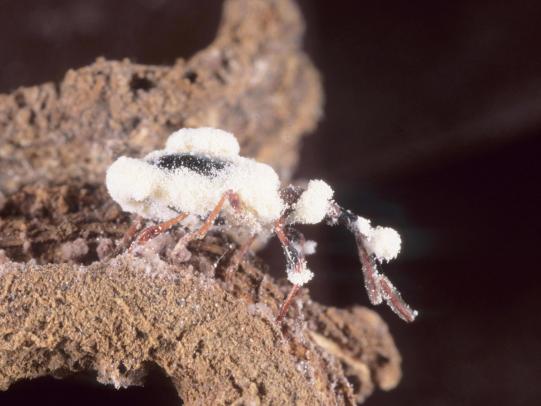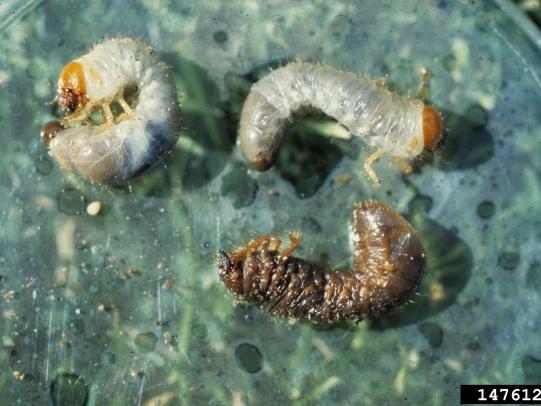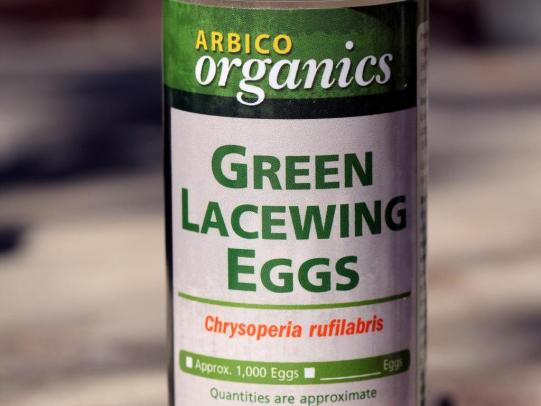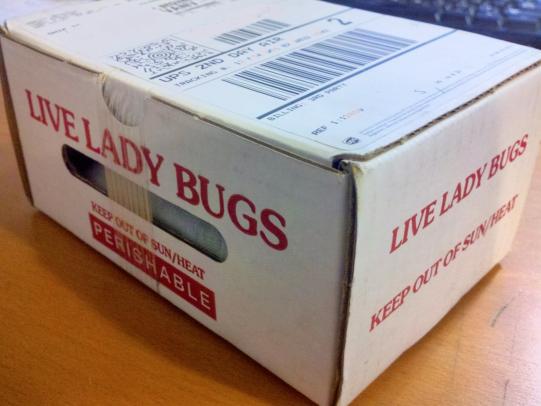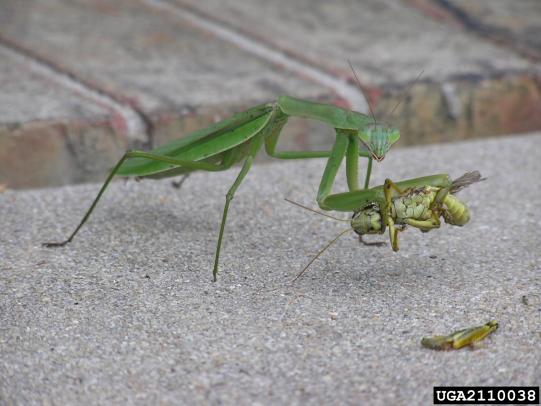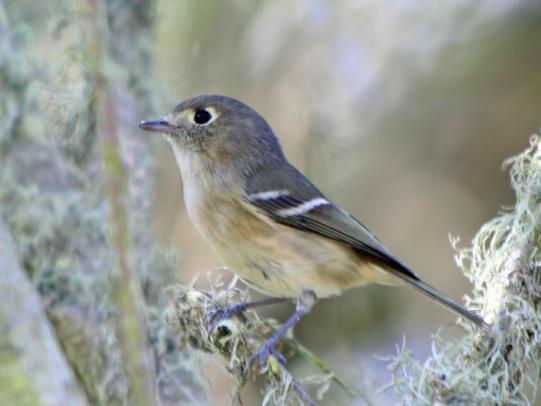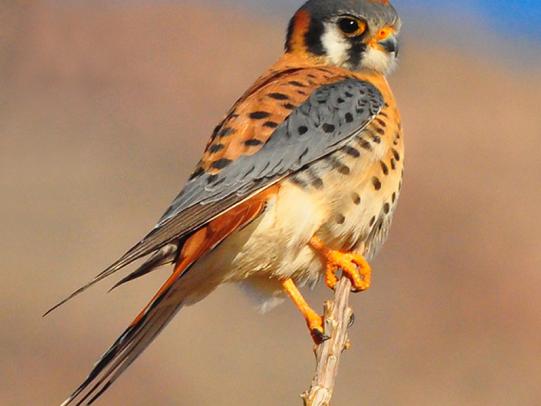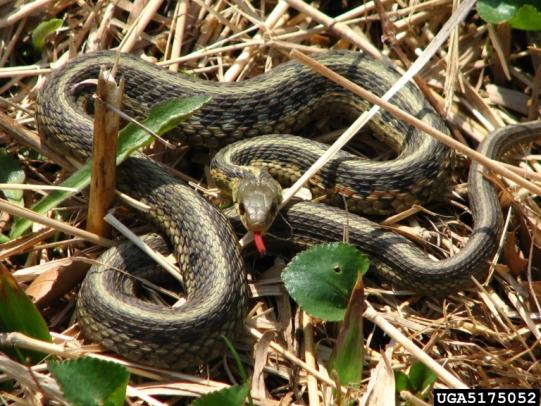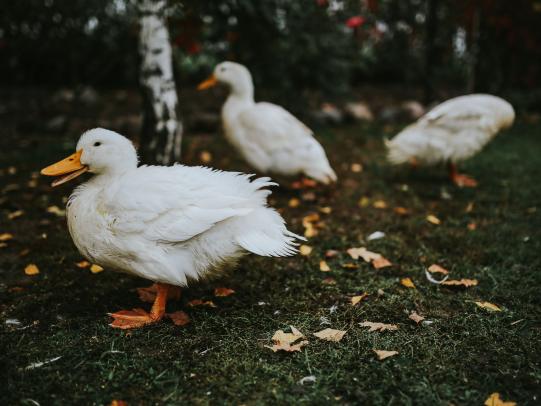SUPPORT FOOD WEBS AND ATTRACT NATURAL ENEMIES
The photo shows a predatory beetle preying on aphids on a leaf. Take steps to attract predators of insect pests. They can help keep insect pests on your plants at bay.
Jump To
Build habitat with native and non-native plants to attract wildlife and beneficial insects with plant selection.
Native plants are good plant choices for attracting natural enemies. See resources:
- Gardening with Oregon Native Plants West of the Cascades (OSU Extension Service)
- Selecting Native Plants for Home Landscapes in Central Oregon (OSU Extension Service)
Natural enemies of insect pests on plants include insect predators, parasitoids, or pathogens.
For more information, see A Pocket Guide to Common Natural Enemies of Nursery Crops and Garden Pests in the Pacific Northwest (OSU Extension Service).
PREDATORS KILL AND EAT PESTS
PARASITOIDS
The materials listed below are classified as microbial pesticides.
- Bacillus thuringiensis (Bt) is a microbial pesticide. Bt acts as a stomach poison when insects eat treated plants. Bt products harm only specific kinds of insects. Read the package label and follow the instructions for best results.
- Pathogenic fungi such as Beauveria bassiana and bacteria such as Bt (Bacillus thuringiensis) kill a variety of insects.
- Spinosads are extracts derived from soil-dwelling organisms that also kill a variety of insects. Spinosad is toxic to bees.
- Parasitic nematodes are also available as natural pest-control products. Purchase the right type of nematode for the pest.
Read and follow the instructions for best results and to minimize risks.
- You may be able to increase the numbers of insect predators by releasing them in your greenhouse or garden.
- Ladybugs, green lacewings, and praying mantises are common insect predators available for purchase.
Tips for Success with Purchased Beneficial Insects
- Release of insect predators is used for pest control in greenhouses and other enclosed areas.
- Green lacewings are a recommended method for azalea lacebug control.
- However, when released outdoors, the insects may not stay in the treatment area.
- Release beneficial insects before pest damage is significant. The positive impact may be limited when they are released after insect pests are noticeable and damaging plants.
- Provide habitat for beneficial insects. Plant flowers and leave untended areas with standing foliage.
More about Purchased Ladybugs
Purchased ladybugs may not be native to the Pacific Northwest. These non-native ladybugs outcompete native ladybugs. This situation could contribute toward the decline of native ladybug populations.
Content provided by writer Signe Danler and editor Weston Miller.
Peer reviewed by OSU Department of Horticulture.
Natural Enemies References
Pocket Guide to Common Natural Enemies of Crop and Garden Pests in the Pacific Northwest (.pdf)
Oregon State University
Enhancing Urban and Suburban Landscapes to Protect Pollinators
Oregon State University
Pollinator Plants Maritime Northwest Region
Xerces Society
